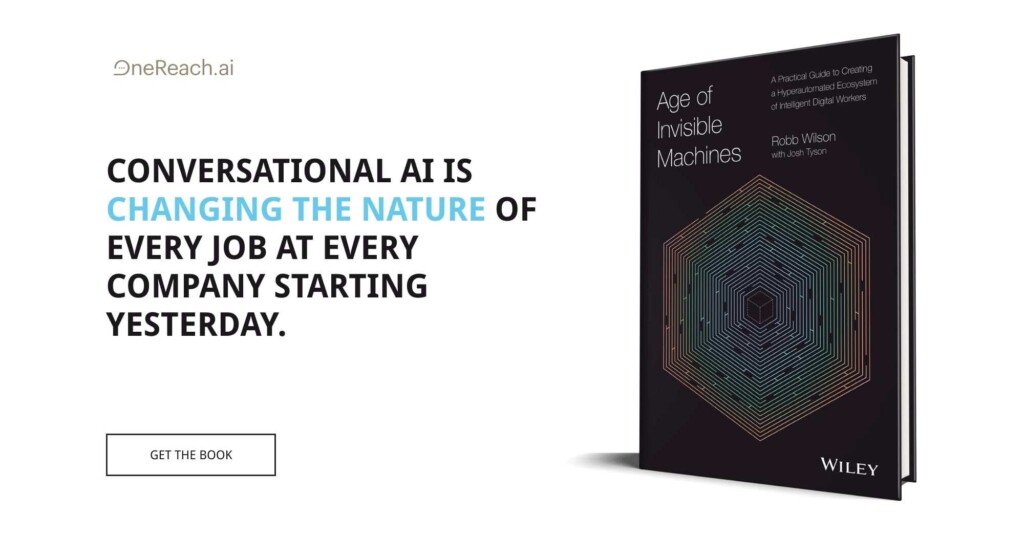The biggest barrier to design strategy is fear. The design process is unfamiliar, and it’s tempting to fear things that are new and risky, which can derail a solid creative activity or undermine strategy and research projects.
We typically rely on design research to drive insights, and insights to support a story of the future. Stories from the field humanize the people that will be buying and using a new product or service — they stop being “consumers” and become real, complex people. The rich process of synthesis provokes iterative creative exploration. And that creative exploration shows — rather than tells — how someone will feel after they have a new experience.
But it’s only after these stories come to life through sketches and prototypes that the value of the process becomes apparent. Prior to that, the process is new, and in that newness is risk. And that risk causes fear of failure.
Some of the most common fears we encounter are:
Fear of Recruiting
Prior to research, we create a set of loose profiles to recruit against. Because we’re going to make new things, we want to understand the emotions embedded in behavior. To do this, we steer away from demographics and focus on experiences. Instead of “let’s talk to 10 white women between the ages of 20 and 35 who live in Austin,” we might target “10 people who have tried to buy life insurance but gave up.” Behavior sometimes mirrors demographics, particularly when we look at how comfortable people are with new technology, but is also incorporate hopes, dreams, and aspirations, which cut across socioeconomic demographics.
For most executives, this is a new way of sampling. They are used to gathering knowledge through a broad canvas of equally represented ethnicities, genders, and ages. Targeting behavior challenges the idea that diversity comes only through born qualities. Diversity also comes through how people live.
The basic premise of most market research is to sample a small group and see if it represents the sentiment of a larger group. This approach requires a large enough group to create a statistically significant sample. But our research isn’t intended to predict. It’s intended to provoke. We use research to build new design ideas and form a design strategy and for this we focus on a small sample, typically 12–14 participants.
This worries our clients. They will be challenged within their organizations about making any recommendations based on such a small sample, and don’t feel confident describing why such a break from traditional sampling can possibly work.
Fear of Research
During research, we push open-ended prompts, asking “Why?” and “Can you tell me more about that?” over and over. Even more importantly: “Can you show me?” This behavior-prompting question opens an entirely new world of observations — we don’t hear about retrospective or anecdotal behavior, we witness the richness and complexity of real behavior in action.
Our research typically focuses on anomalies, which makes it difficult (or impossible) to see causal indicators. This is also a new approach for many of our clients, who are used to structured research methodologies. Qualitative research generates robust verbatims instead of simple data points, but more traditionally-minded clients still want a structured set of questions — and answers can be coded, generalized, and used to make broad statements about a group.
Fear of Synthesis
Next, we externalize and then synthesize our research. We transcribe entire research sessions, print each utterance, put them on the wall, and begin to find behavioral themes. This is a rigorous process, but it’s an organic one. We look at utterances as a team and when we find two that appear to relate, we put them in proximity to one-another. When we start to see a group emerge, we give it a title that represents how participants feel, think, or act, such as “I worry about how I’m going to pay my bills” or “I find pleasure in the small, sublime moments of my day.”
This isn’t a conjoint analysis, focused on breaking research into small bits or attributes. It’s not a pairwise comparison, attempting to perform an exhaustive comparison of each data point to one-another. It doesn’t have a strong analog in market research. It doesn’t have specific method “rules.” And it’s not repeatable — if each of us synthesize the same data set, we’ll come to different conclusions. This further worries our clients. They want to see rigor that leads to validity and repeatability — a scientific and objective process instead of a subjective and personal process based on inference.
Based on our themes, we develop insights: provocative statements of truth about human behavior. These are assertions that map a theme to a definitive observation about people. “I worry about how I’m going to pay my bills” may combine with other themes and evolve into an insight like “People make short-term spending decisions at the expense of long-term planning out of necessity, not financial ignorance.”
This insight is built on all of the phases described above. If our client partner feared each previous step, that worry culminates with these assertions. How can you possibly say such a thing with so much authority? How can you be so sure? If I don’t believe the foundation of your method, why would I believe the outcome? And, most importantly, what if you’re wrong? What if we build an entire product strategy on that insight? What if we build new services that support that insight, and they fail?
When we describe this approach during project planning, our partners are excited to try something new, but worried about the results. They want to know where we are going before we get there. What will the output be? What are we going to find? What will the new products be? The answer is, we won’t know until we get there.

How Do You Minimize Fear of the Unknown?
We’ve tried putting together a presentation at the end of each phase that describes what we did and what we learned, and then presenting it to the client in a formal meeting. But we’ve found that this approach does not minimize fear, and if anything, it exacerbates it by illuminating all of the methodological newness described above.
But we’ve found a simple method to short-circuit the worry.
We bring our executive stakeholders into the field with us.
We bring our customers into the field, teach them how to do research, and give them very explicit rules, often tasking them with taking notes. In this way, we encourage them to be observers.
The process becomes less scary. When we know what to expect and future experiences become less scary. Without fail, our executive sponsors become advocates for our approach.
But, it’s really, really difficult to bring an executive sponsor into field research. They are busy, and it’s hard to allocate three hours (plus travel) for a research session. Research participants often flake or reschedule so they may not have a research participant to watch even if they make the time to get out of the office. Not all research sessions are insightful and exciting. And when they are in a session, executives have a hard time being quiet — they often want to ask closed, leading questions, and show their expertise.
Similarly, it’s difficult to have them in the room during synthesis. It’s hard for them to work without interruptions and they may disengage after 30 minutes or an hour of staring at massive amounts of data. They often want to talk extensively about what they saw and heard, which is valuable, but only to a point. There’s still a job to do, and a lot of that job is silent and introspective.
But when we can get them out into the field, something magical happens.
They see the research method play out in front of them, and they begin to really think about the people involved. They see the value of an experienced facilitator, and how that moderator is able to prompt behavior and encourage rich conversation. They see participants share intimate parts of their lives. They internalize the design mantra that “the user is not like me” and see their own blind spots around their products or industry. And, most importantly, their fear begins to go away.
The same is true during synthesis. Once they’ve experienced the research, our partners want to see insight come out of the stories they’ve observed. They see the words of the participants on the wall and remember the stories they heard and the people they got to know. When they read quotes and transcriptions from other participants, they start to rationalize similarities and differences. As we start to repeat back stories from the field, using quotes, images, and sound clips, our partners add color to those anecdotes. They remember new details, add their own inferences, and become more and more engaged.
When we develop frameworks to capture our findings, and sketches and prototypes of new products and services that lean on those findings, they become advocates for these ideas because they helped create them.
Tactics for Minimizing Fear and Building Advocacy
Executives may not be the most efficient “researchers,” but building buy-in by engaging them in the process is invaluable. Here are some of the tactics that are most successful for bringing our executive partners into the field.
First, we teach them, very explicitly, what we want them to do. We tell them to be quiet, write their questions down, and then ask them at the end of a session if they have anything they want to ask. We tell them to ask only open-ended questions — and explain what that means. We tell them what to wear. And we explain that when we’re in someone’s space, that person is the expert, no matter what. If the participant says something factually incorrect about our client’s products and services, we never, ever correct them. Knowing what they believe and how this impacts their behavior is why we’re there, after all.
Next, we schedule multiple backups for our research participants to make sure that we have a session for our partner to watch. Since we have to compensate participants for their time, no matter if we talk to them or not, we have to build extra recruiting and compensation into our budget. But this way if a participant cancels at the last minute, we always have a backup ready and we avoid wasting our client’s time.
Finally, we internally schedule and consider synthesis with the client as “downtime.” We know that we’ll get value out of the meetings, but we also acknowledge that we won’t get much theming and synthesis done. If we need a week for synthesis, the time with the client is an addition to that.
Bringing a client into the design strategy process adds a level of project management difficulty and extra stress — and requires a certain level of flexibility and confidence in the process. But their presence throughout these activities is the most effective way we’ve found of minimizing fear. When fear of process is minimized, the team can focus on the actual content, and produce insights that best represent the wants, needs, and desires of participants. And, most importantly, our partner becomes a knowledgeable advocate for the output.








